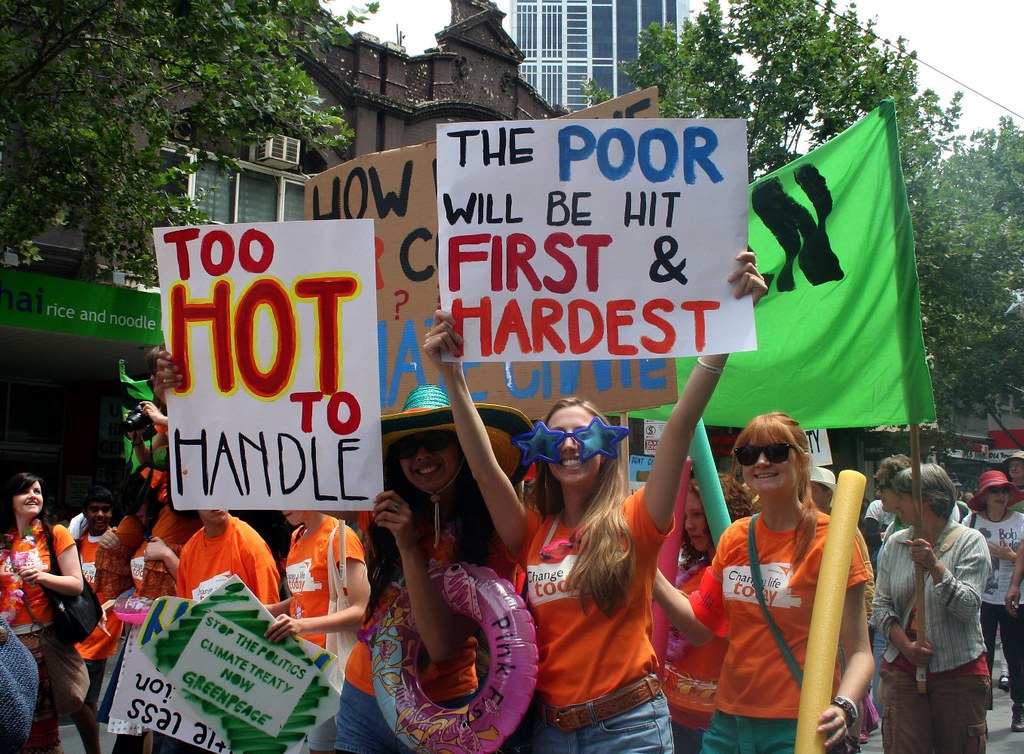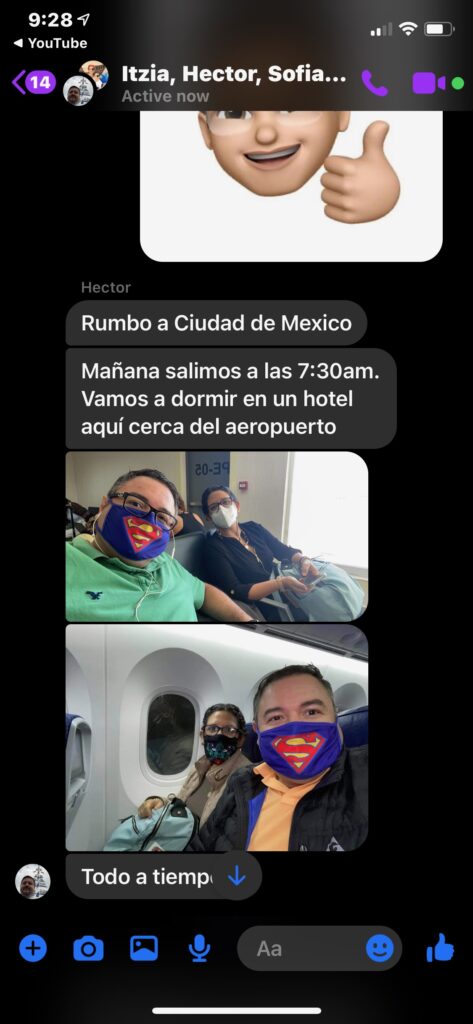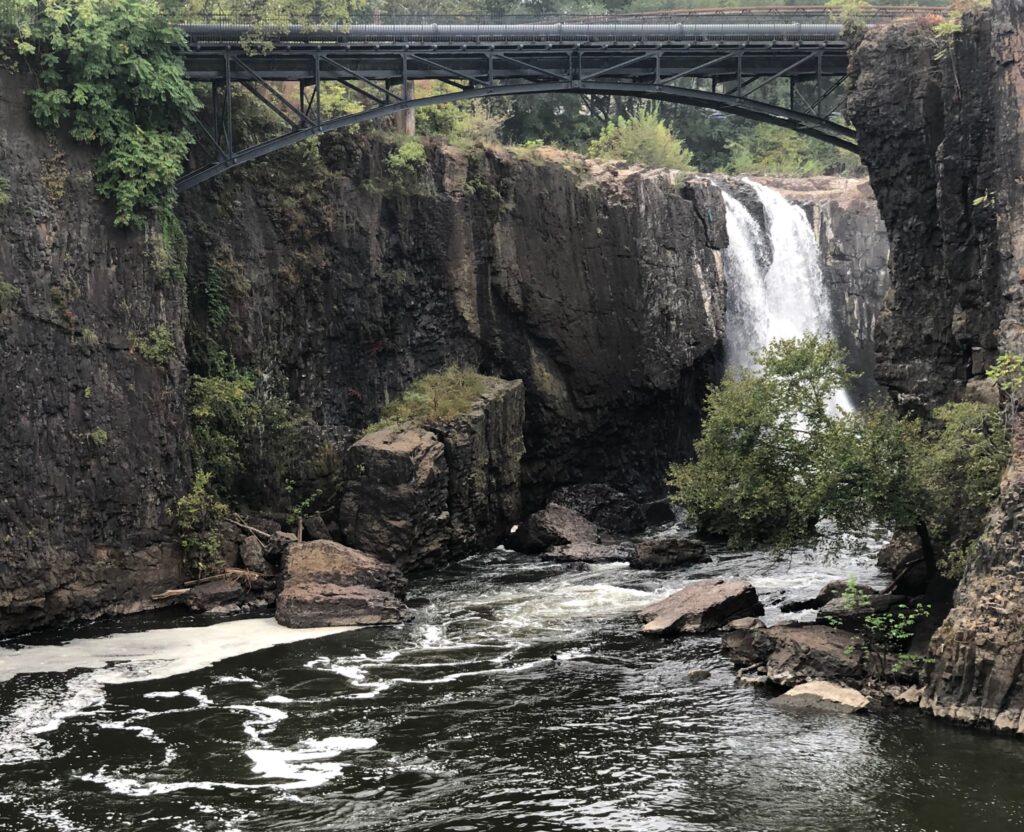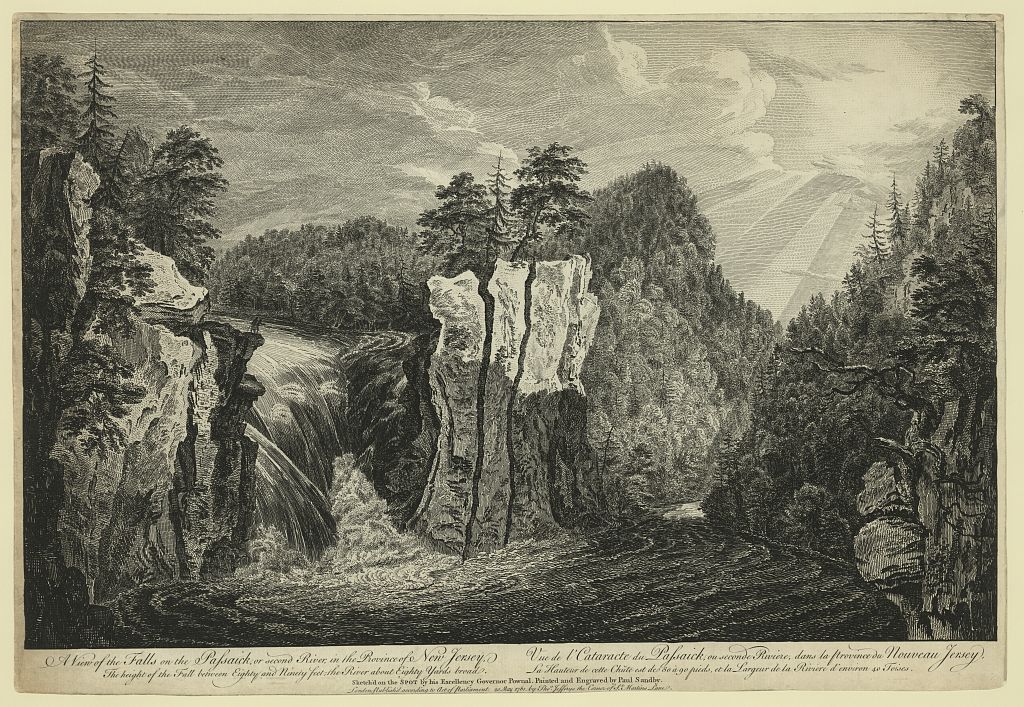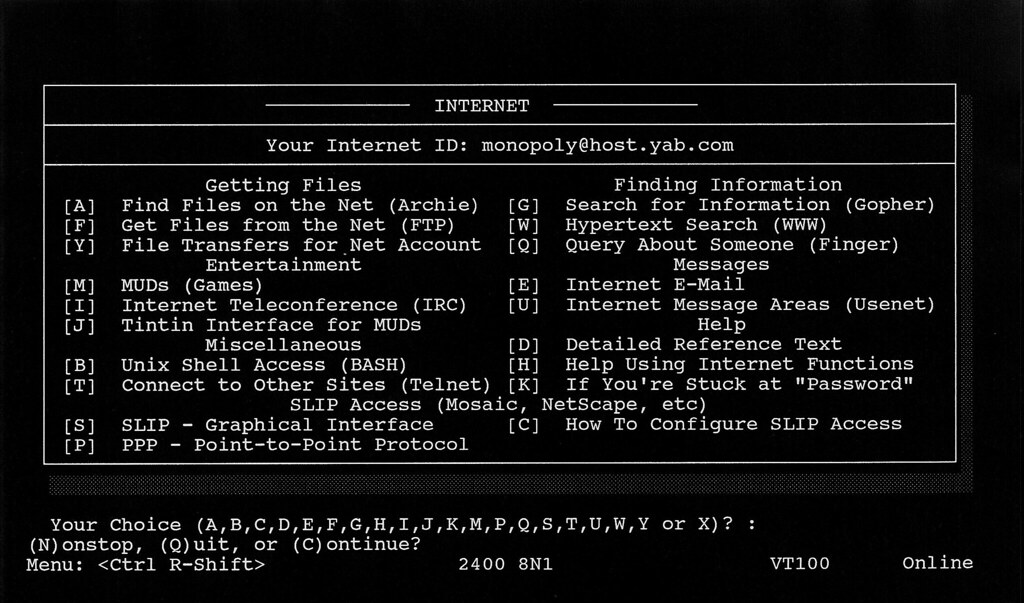(I will explain this title later in the post, I promise!)
Just hours after the UN Climate Conference delegates agreed to the finalized version of the Glasgow Climate Pact, many scientists and activists expressed concern that the text might not go far enough to address the crisis adequately. Before most representatives had returned to their home countries, the next chapter in “Climate Emergency” began unfolding in the Pacific Northwest of North America.
By all accounts, 2021 has been a brutal year for the region. Record heatwaves and wildfires plagued the spring and summer, and now it is torrential rains and unprecedented flooding. According to The Guardian, scientists have determined that these extreme weather events were made 150 times more likely because of global warming. Researchers at Yale Climate Connections agree. So one might assume that there is finally scientific consensus on this issue. Not so fast, say the folks over at Prager University. Last week, they posted this video and tweeted it out to the world.
In its Google search results, Prager University offers up something of a disclaimer. It is “not an accredited academic Institution and does not offer certifications or diplomas.” although it does claim to be a place where one is “free to learn.” (Just what one is learning there is of significant concern.) I will be taking a deeper dive into this rightwing propaganda channel in a future post. For this discussion, we see something of the “Prager Formula” in action, designed to create doubt and cynicism. The speaker, Steve Koonin, is not a climate scientist but a physicist and former Obama Administration official in the Dept. of Energy, going against Obama-era policies. This probably elevates his credibility in some circles – specifically people who didn’t see the scathing review of Koonin’s 2021 book, Unsettled over at the Yale Climate Connections website. I do fear that this book will become required reading for the global warming skeptics.
Why do climate change deniers, especially those in the sciences, argue that they are right when so many in the scientific community tell them and show them through data analysis that they are wrong? Do they believe themselves to be persecuted and misunderstood, or is there something else afoot? It was a tricky question, and I needed to take a well-deserved break. Later that afternoon, while showering, I had one of those “ah-hah” moments that often come between shampoo and conditioner. In a flourish of hubris, I thought that I had happened upon a new concept to explain this particular phenomenon. Thankfully, before planting my flag in this blog post, I consulted the internet to find that it is, in truth, a well-established principle. Additionally, the concept’s entry on RationalWiki cites climate change denialists as among the biggest offenders.
As explained by many online sources, this logical fallacy contends that if your assertions provoke the establishment to dispute and or ridicule your ideas, then you must be on to something. It’s called the Galileo gambit, named for the famed astronomer. In this scenario, the powers that be or the general public vilifies the truth-teller because “THEY CAN’T HANDLE THE TRUTH!” (And deep down, they know that the truth-teller is right but must be silenced.) It fits well within the conspiracy theories and magical thinking that are so prevalent online today. There is even a climate deniers website called The Galileo Movement.
So as promised, a brief explainer on this blog post title. Yes, I do enjoy pithy wordplay, but in this instance, please indulge me.
• Claptrap: absurd, pretentious, nonsensical talk.
• Clapback: a clever, sharp retort, usually in response to being mistreated.
A quote by the famed physicist, author, and University of Maryland professor Robert Park (1931–2020) is the perfect clapback to all “scientifically-based” climate contrarians. One of his books, Voodoo Science: The road from foolishness to fraud, has become a foundational text for advocates of scientific literacy.
“It is not enough to wear the mantle of Galileo: that you be persecuted by an unkind establishment. You must also be right.”
So in response to Prager University’s disingenuous question, “Is There Really A Climate Change Crisis?” Why yes, there is.
There is also a cottage industry of well-funded organizations spreading disinformation and raising doubts about the severity of the crisis.
We ignore science at our own peril and that of future generations.
